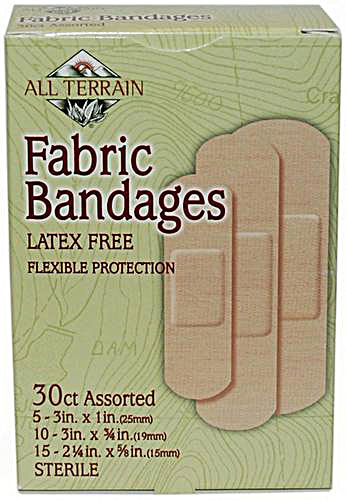Hiking offers fresh air, nature and an excellent, low-impact workout. I recently committed to hiking one day a week instead of hitting the gym for my typical workout. I’m already noticing some of the benefits including increased muscle strength, reduced anxiety and stress and improved sleep.
Hiking also helps with weight management and bone density along with reduced risks of high blood pressure and heart disease.
Ready to give it a try? If you’re new to hiking, there are some important things to know before you lace up your boots! Stay safe and get the most out of your hiking experience with the following tips:
Beginner trails
When starting a hike, choose a trail that is shorter than a distance you normally walk (consider the typical distance you walk on a treadmill or paved surface). This will prevent you from running out of steam halfway through the hike.
For your first few hikes, pace yourself by opting for a trail less than two miles so you can become familiar with the hills and rough terrain. Once your endurance and confidence increases, increase the distance.
Weather check
Checking the forecast a few hours before your hike and up until you’re ready to go is key. Knowing what to expect weather-wise will help you decide how to dress and what to bring. If bad weather is expected, reschedule for another day. Trust me, nothing is worse than being caught out on a trail in the middle of a storm!
Know the trail
Search online for local parks with trails and get a map of the path you’ve selected. Once you find the trail, note if it’s a loop—this is a great option for first-timers. If it’s not a loop, mark the spot where you will need to stop and backtrack. It’s also a good idea to write down a few notes on your map marking any areas that seem confusing so you can be aware of those areas. Don’t forget to seek out the best picnic spot with a view!
Share your location
Always let someone know where you’ll be, what trail you’ll be one, what time you’re heading to the trail and the time you plan on returning home. You could be delayed a little longer on the hike if you stop often to rest, look at the view etc. so you may not get home at the original time you planned. Tell yours “someone” not to worry until an hour or so past your expected arrival time home. Another option is to share your locations on your phone with someone not on the hike.
Pack the necessities
Always be prepared! Carrying a backpack with hiking essentials can keep you safe in case of an emergency. Use the following checklist:
- Sun protection: sunscreen and sunglasses
- Mini first aid kit: bandages, blister cushions, soothing tea tree gel, antibacterial towelettes, etc.
- Snack bars, protein bars, dried fruits and nuts
- Multiple filled water bottles
- Matches, lighter
- Flashlight
- Charged cell phone and/or portable charger
Snag the essentials:
Correct shoes and socks
There’s nothing like sore, painful feet to totally ruin your experience. Good quality hiking shoes and wool or synthetic socks (not cotton) are a must. Look for shoes that are lightweight hiking shoes—you don’t need heavy hiking boots. If your shoes aren’t broken in before the hike you’ll be happy you packed some blister cushions from the list above!
Keep joints safe
Some of the terrain on hikes may be tough on knees and ankles—especially when hiking downhill. When hiking on decline, take it slow and concentrate on taking soft steps. When you rush down a hill too fast, or your foot strikes the ground too hard, the knee may twist repeatedly which may cause an injury.
If you have a preexisting knee or ankle injury, don’t let it prevent you from hiking. Just stick to smaller hills with moderate inclines and use a knee or ankle brace if needed.





